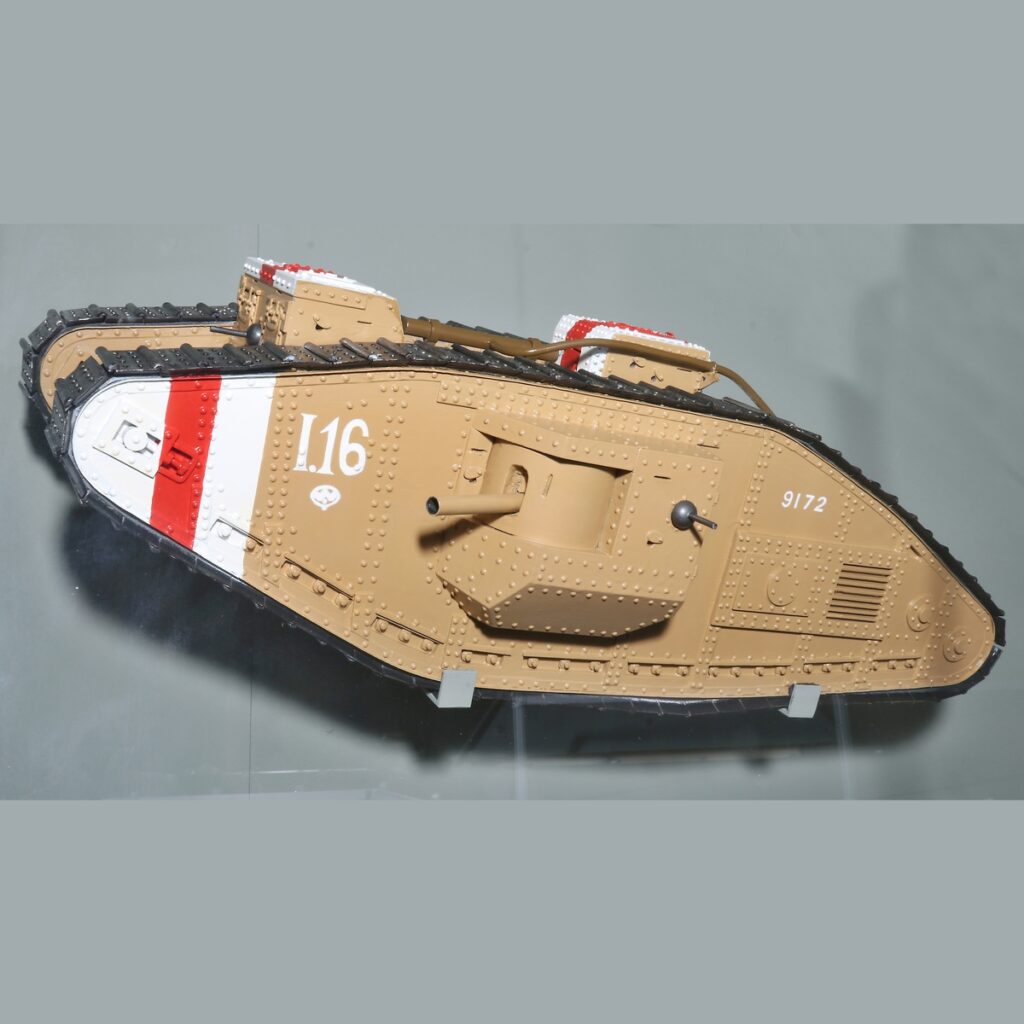
07 Model of British Tank Mark V
Fotogalerie

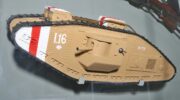
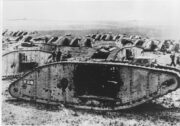

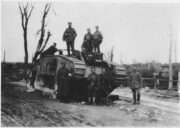
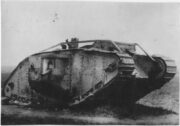
Starting from 15 September 1916, a new combat device started to appear in the battlefields: the tank. The first to use a tank with the effort to resolve the hopelessness of trench warfare were the British.
This new weapon was invented by two British designers, Ernest Swinton and Maurice Hankey. The stalemate of trench warfare instigated the idea of landships that was soon supported by the First Lord of the Admiralty Winston Churchill. Eventually, the British army ordered one hundred armoured vehicles. They were first used in the battle of the Somme. Colonel Swinton recommended that tanks be employed in a large number at the daybreak. He required that the attack be not preceded by artillery preparation so that the terrain would stays relatively untouched rather than be overcome by clumsy armoured vehicles. However, during the attack, the tanks were scattered only several tens of them were used to support the infantry units. Therefore, the employment of these technically imperfect devices did not bring the desired result. However, in the future, tanks were decisive for the result of battles and wars.
The first British tank used in a battle was Mark I. It was equipped either with two six-pound naval canons of 57 mm calibre placed in side casemates, or with machine guns. The armour plate thickness ranged from 6 to 12 mm and the entire vehicles weighed 28.4 tonnes. It was powered by a gasoline engine of 105 horsepower (78 kW) and the maximum speed was 4.5 kph. The tank range was only 37 kilometres and the crew was eight men.
Tank Mark was gradually improved. The Mark V tank was an upgraded version of the Mark IV tank. The tank was improved in several aspects over the Mark IV, chiefly the new steering system, transmission and 150 bhp engine, but it fell short in other areas, particularly its insufficient ventilation leading to carbon monoxide poisoning for the crew. It was first deployed in July 1918 on the Western Front at the Battle of Hamel; then at the Battle of Amiens, and on the Hindenburg Line during the closing months of World War I.
Aktuálně

Prosinec 1944 – oficiální vydání prvních poštovních známek osvobozeného Československa
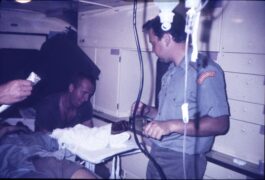
Českoslovenští zdravotníci ve válce v Zálivu

Výzkum u českých krajanů v Chorvatsku
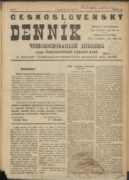
Československý deník sehrál v životě legionářů v Rusku velmi důležitou roli. Poprvé vyšel v prosinci 1917








